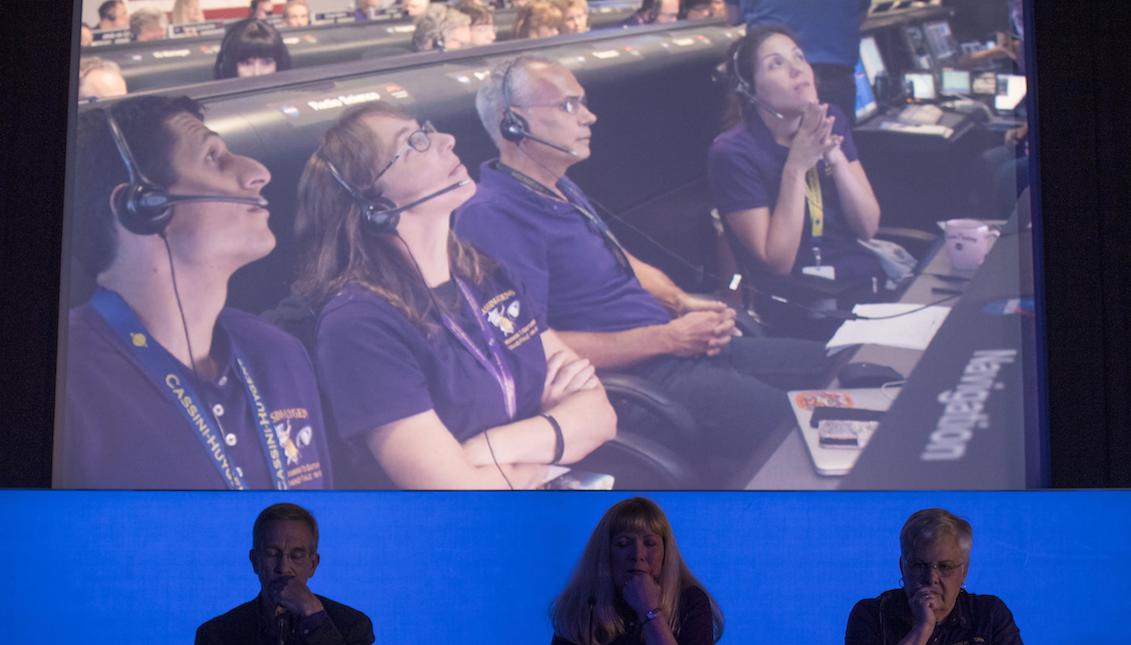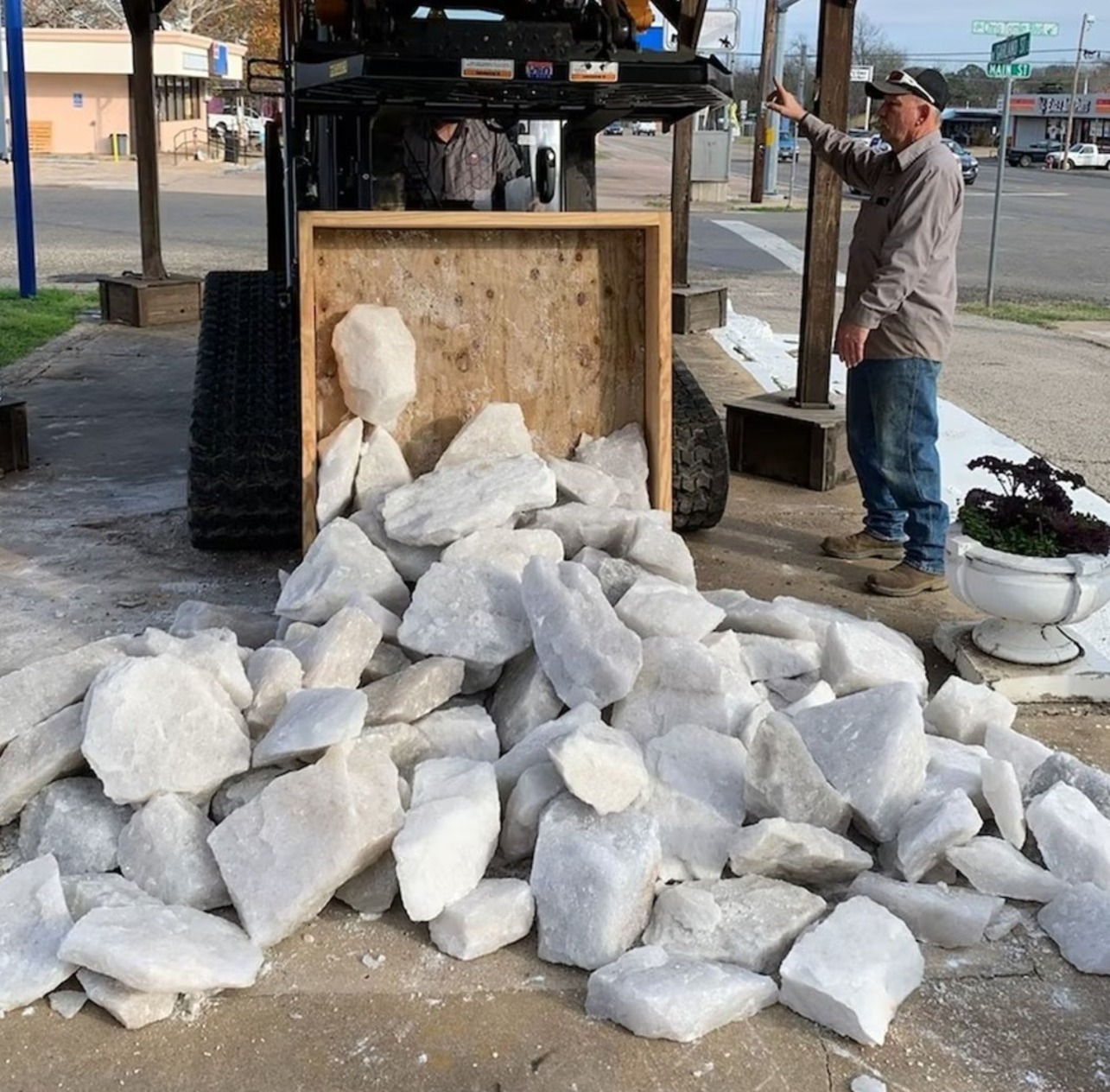
The Cassini spacecraft says goodbye, after 20 years of service
The successful mission of NASA has ended this Friday with the disintegration of the Cassini spacecraft in the atmosphere of Saturn.
With a movie-worthy ending, the Cassini spacecraft said goodbye to its work by turning into a glowing meteorite as it entered Saturn's atmosphere after exhausting all its fuel.
This event marks the end of the Cassini-Huygens Mission, launched on September 15, 1997, with the intention of collecting information on Saturn's atmosphere, rings and magnetosphere, and studying the surface of one of its most important moons, Titan, according to EFE news agency.
According to NASA, "the Cassini-Huygens mission not only achieved all of its main objectives, but surpassed each of them." Mission operations systems engineer Luis Morales stated.
"He discovered that Titan is a 'world' very similar to our planet, with seas, lakes, dry rivers, mountains, dunes and clouds; and that the moon Enceladus has an internal global ocean, which presents the basic conditions to be able to harbor microbiotic life, "he added.
Precisely, these findings on both satellites would be those that would end up sealing its destiny.
Given the inevitable consumption of the ship's fuel, the project directors valued the different options with which to end the mission: leave the probe orbiting around Saturn or find a way to destroy it.
Finally, this second possibility was chosen for two reasons: on the one hand, to avoid that a possible collision of the probe with one of the moons could contaminate future investigations and, on the other hand, to allow the Cassini to perform a final service to the space research.
Thus, last April began a new phase that NASA baptized with the evocative name of 'Grand Finale’, which after five more months orbiting around Saturn, the ship ended up falling towards its atmosphere, where it could obtain a series of data that would be impossible to collect otherwise.
"The last seconds of the Cassini mission were a first tasting of Saturn's atmosphere and will become a legend," predicted Friday an excited Watkins.
RELATED CONTENT
During the last five months, Cassini has sent weekly new data on a planet that was a little closer every day, however, it is the data obtained this Friday that more expectation generate among the scientific community.
"Exploring the entrails of Saturn could result in more accurate measurements of its gravitational field, which would serve to calculate the size of its rocky center," said Morales, who has been involved in the project since 1991, when it was still in its gestation phase.
In addition, the latest data collected by the spacecraft prior to its disintegration could serve to analyze the intensity of Saturn's winds and the vibration produced by the planet's magnetic field, which could shed light on its internal rotation rate.
Not to mention the unique and possibly unrepeatable images obtained by the ship in its epic descent into hell.
An enormous amount of data that adds to all the information collected by the probe over the last two decades and that will take years to be analyzed in its entirety.
"The scientific knowledge generated as a result of the latest Cassini orbits will be unique, and the full analysis of these data will become the task of scientists from around the world," explained Morales.
In short, an incalculable contribution to the knowledge of the human being obtained thanks to the incredible trip of a probe, which concluded this Friday at 7.57 a.m. (ET), when Cassini sent its last transmission to the Earth as it entered the atmosphere of Saturn turning into a ball of fire.










LEAVE A COMMENT:
Join the discussion! Leave a comment.